Is there a certain set of skills that everyone should have? I think so. Below you’ll discover 40 skills that every adult should master.
1. Learn How to Persuade Others. It’s important to know how to get others to say “yes” to your requests, whether it’s a request for someone to buy your products, a request to your boss for flextime, a request to your neighbor to stop parking so close to the curve, and so on.
By learning the principles that guide human behavior, and applying these principles ethically, you can significantly increase the chances that you’ll get what you want. As the video below explains, the six principles of influence–or persuasion– are the following:
- Reciprocity
- Commitment (and Consistency)
- Social Proof
- Liking
- Authority
- Scarcity
2. Learn Conscious Listening. Conscious listening is making a conscious effort to hear not only the words that another person is saying but trying to understand the complete message being sent. Julian Treasure—who studies sound and teaches businesses how to best use it—recommends that you apply the acronym RASA, which is the Sanskrit word for juice or essence, in order to help you improve your listening.
RASA stands for the following:
- Receive — which means to pay attention to the person speaking;
- Appreciate–making little noises like “hmm,” “oh,” “okay”;
- Summarize—summarize what you think you heard the other person say; and
- Ask–ask questions afterward to make sure that you understood the other person’s message.

3. Learn How to Communicate Assertively. Communicating assertively means that you make sure you’re calm; you know what you want; you speak directly to the person concerned and not behind their back; and you communicate your needs and–when appropriate–your feelings, in an honest, clear, and direct manner.
Here are two more points about communicating assertively:
- Do not beat around the bush.
- Don’t be confrontational.
One method of communication you can look into is Verbal Judo. Verbal Judo teaches tactical language, which is made up of words shaped to achieve the goal in front of you. That is, you say what you need to say in order to get the job done.

4. Learn How to Make a Good First Impression. It takes someone about three seconds to evaluate you when you meet for the first time. In this short time, the other person forms an opinion about you based on your appearance, your body language, your demeanor, and how you’re dressed. Whether in your career or in your social life, it’s important to learn how to make a good first impression.
5. Learn How to Network Effectively. Although lots of people hate networking, networking is important to your success. You need a strong network of professional contacts — people you can call on, and who know they can call on you, for advice, information, referrals, and introductions. Become part of the elite 29% that’s connected to everyone else by an average of six mutual friends (six degrees of separation).

6. Learn How to Get Along With Others. It’s amazing how many people reach adulthood without having a clue on how to get along with others. A good place to start is with the advice given by Dale Carnegie in his classic book, “How to Win Friends and Influence People”. According to Carnegie, here are six ways to get others to like you:
- Become genuinely interested in other people.
- Smile.
- Remember that a person’s name is to that person the sweetest and most important sound in any language.
- Be a good listener. Encourage others to talk about themselves.
- Talk in terms of the other person’s interests.
- Make the other person feel important – and do it sincerely.

7. Learn How to Remember Names. How do you feel when someone you’ve only met once or twice greets you by your name? It makes you feel good. And it makes you feel warmly toward the other person. However, most people have difficulty remembering names. Remembering people’s names will go a long way toward helping you to get along well with others.
Benjamin Levy, author of Remember Every Name Every Time, recommends that you use the FACE method in order to remember names. “FACE” stands for the following:
- Focus – focus carefully on the person’s face.
- Ask- inquire which version he prefers (“Is it Mike or Michael?”).
- Comment– say something about the name and cross-reference it in your head (“The name of the father in the Brady Bunch was Mike.”)
- Employ — put the name to use–”It’s nice to meet you, Mike”–to drive it home.

8. Learn to Use Body Language to Your Advantage. Studies have shown that the right body language can help you appear more confident, connect with others, get your message across more effectively, and even improve your performance.
In the video below, Amy Joy Cuddy–an American social psychologist known for her research on nonverbal behavior– indicates that you can improve your life by improving your body language.
9. Learn to Read Other People. Being able to read other people accurately can help you in many different situations. Here are some examples:
- Is the salesperson telling you the whole truth about the product he’s selling?
- Is your boss being truthful when she explains why you didn’t get the promotion?
- Is your teenager hiding something important from you?
Joe Navarro is an ex-FBI agent and supervisor who specializes in the area of nonverbal communication or body language. He has authored numerous books on this topic, including, What Every Body is Saying and Louder than Words. In this YouTube video, Navarro shares some of the basic displays of discomfort that let you know that someone is being deceitful.

10. Learn Effective Decision Making Skills. Decision-making is an essential life skill. After all, the decisions we make shape our lives. Fortunately, there are many decision-making models available to help guide you in making the right decisions. These models include the following:
11. Learn Basic Time Management. Without learning basic time management skills you’ll never be able to achieve what you want. Basic time management skills include the following:
- Learning to prioritize.
- Getting organized.
- Creating a schedule.
- Overcoming procrastination.
- Doing one thing at a time (concentration and focus).

12. Learn Goal Setting. Your goals direct your behavior so that you can achieve what you want from life. If you don’t have goals, your life will lack direction. The acronym “SMART” has stuck around for a long time, because it works. Make your goals:
- S – Specific
- M -Measurable
- A – Actionable
- R – Realistic
- T – Time Bound

13. Learn How to Pick Produce. Fruits and vegetables are the mainstay of a healthy diet. For each fruit and vegetable that you eat on a regular basis you need to be able to tell when it’s fresh and ready to be eaten. The video below is a good introduction:
14. Learn How to Make Eggs at Least Two Ways. Every adult needs to be able to keep themselves fed, and–other than serving a bowl of cereal and pouring milk on it– there are few things that are easier to make than eggs.
Have you ever said, “I don’t even know how to boil and egg?” If so, here’s how:
15. Learn How to Roast a Chicken. Roasted chicken is a classic, and everyone should know how to do it. It’s healthy, delicious, complicated enough to impress dinner guests, and yet easy enough that even a kid should be able to make it.

16. Learn How to Make a Hamburger. Hamburgers are another of those go-to meals that everyone should be able to make. The basis of a hamburger is the ground beef from which you make the “patties.” Although in preparing the patties you can add all sorts of things, salt and pepper will do.

17. Learn How to Roast Vegetables. Roasted vegetables is an easy, versatile side dish. The process of roasting makes vegetables crispy on the outside, and soft and warm on the inside. Best of all, roasting vegetables is simple. Here’s the process:
- Wash the vegetables;
- Chop them up;
- Mix in a little olive oil, garlic and salt; and
- Pop it in the oven.

18. Learn How to Clean Up After Yourself. Many people make the transition from being a teenager to a grownup without acquiring the skill set necessary to take the cleanliness of their own space seriously. Regular cleaning will not only create a sanitary place for you to live in, but it will also make you more efficient, calmer, and happier.
Basic cleaning skills include doing laundry, cleaning a house properly, keeping the house organized and uncluttered, and having a weekly and monthly cleaning routine.

19. Learn How to Sew On a Button. There’s nothing funny about a missing button when you have a job interview in fifteen minutes. Fortunately, the problem can be solved with no more than a needle and a thread. You’ll find instructions on how to sew on a button in the video below:
20. Learn How to Handle a Job Interview. Even if you’re one of those people who dreams of owning their own business, it’s very likely that at some point you’ll have to go out and get yourself a job. And in order to get a job, you need to know how to handle yourself in a job interview. Here are some of the basics on how to do well during a job interview:
- Arrive on time.
- Research the potential employer beforehand.
- Dress appropriately for the interview.
- Be courteous to everyone.
- Tailor your answers to what the potential employer needs.
- Know how to answer the most common job interview questions.
- Send a thank you note afterwards.

21. Learn How to Complain Effectively. Complaining for the sake of complaining is a waste of time and energy. However, if you complain to the right person, in the right way, complaining is a great way to get what you want. Knowing how to complain effectively is an important skill to have.
One technique you can use in order to complain effectively is using what Guy Winch, author of The Squeaky Wheel: Complaining the Right Way to Get Results, Improve Your Relationships and Enhance Self-Esteem–calls “The Complaint Sandwich”. The technique is explained in the video below:
22. Learn How to Apologize. Whether intentionally or not, people hurt each other all the time. Here are some examples of how you may have hurt or offended someone in the past:
- You forgot a loved one’s birthday,
- You said something critical and uncalled for.
- You were rude to someone.
When you hurt someone else, you’re going to have to apologize.In addition, you’re going to have to apologize the right way. Dr. Aaron Lazare–author of the book, “On Apologies”–has spent years studying acts of contrition.
He has found that, to be effective, most apologies need to contain the following elements:
- Full acknowledgment of the offense.
- An explanation.
- Genuine expression of remorse.
- Reparations for damage.

23. Learn How to Jump-Start a Car. You never know when you’re going to need to jump start a dead car battery. It’s very simple, yet people either don’t know which cable goes where, or they tend to forget. It’s a good idea to buy a set of jumper cables and keep them in your car’s trunk.
The video below will teach you–or remind you–how to jump start a car.
24. Learn How to Change a Tire. Changing a tire is another one of those car-related skills everyone should master. Tires go flat at the most inconvenient times. But, if you know how to change a tire, you can quickly solve the problem and be on your way. Most cars come with a basic a tire changing kit, which typically includes:
- A jack
- A lug wrench with a socket on one end and a pry bar on the other
- A spare tire
The video below will show you how to change a tire.
25. Learn How to Parallel Park. There are many people out there who are so bad at parallel parking, that it’s painful to watch them attempt the feat. If you’re going to be driving in the city, you need to know how to parallel park. The video below will show you how.
26. Learn How to Act if a Cop Pulls You Over. In all likelihood, sooner or later you’ll get pulled over by the police for speeding, running a red light, making an illegal U-Turn, and so on. When that happens, it’s important that you remain calm and respectful, and that you allow the cop to do his or her job.
The video below explains in detail what to do if you get pulled over by a cop.
27. Learn Touch Typing. Today, learning to type properly is almost as important as knowing how to write and read well. Although learning to touch type will require an initial time investment, it will save you enormous amounts of time in the long run. There are many techniques for learning to touch type; one of these is Typing Instructor Platinum.

28. Learn How to Create a Budget. Some people just never learned how to spend money responsibly. That’s where a budget comes in. Creating a budget is about planning, prioritizing, and having the discipline to stick to your budget.

29. Learn How to Protect Your Computer. Everyone who owns a computer needs to know how to protect it. The first step is installing a good antivirus program that will automatically update and scan for infections. You need to learn how to check your antivirus and see that it’s working properly. On a Windows computer, it’s also important that you use a separate program for finding and removing spyware.

30. Learn to Use Google Effectively. If you know how to use Google properly, you can find the answer to just about any question you might have. However,most people don’t know how to use Google to its full potential. Fortunately, many articles have been written on the topic. Read these articles and start doing Google searches like a pro:

31. Learn How to Relax. Studies have shown that almost 90% of illnesses can be traced back to stress. People who don’t know how to release stress are prone to all of the following:
- They have trouble sleeping;
- They have weight problems;
- They have trouble concentrating;
- They are easily irritated.
Stress management techniques can include any of the following: reframing the situation, learning to live in the now, laughter yoga, repeating a mantra, creating rituals, having realistic expectations, and so on.
32. Learn How to Use a First Aid Kit. Almost everyone will need to use a first aid kit at some time. Make sure that when the time comes when you’ll need to use it, you know what to do. You should keep a first aid kit in your house, and another one in your car. Here’s a video that will show you how to use a first aid kit:
33. Learn the Heimlich Maneuver. If someone get’s a foreign object stuck in their throat or windpipe, they’ll begin to choke. The National Safety Council lists choking as America’s No. 4 cause of accidental death. In case someone is choking in front of you, apply the Heimlich Maneuver. The video below will show you how.
34. Learn to Dance. Every adult should be able to dance reasonably well. You don’t have to look like someone in a music video, but you should be able to blend in on the dance floor and not look too awkward.
35. Learn To Make Beautiful Sounds. By the time you reach adulthood you should know how to make beautiful sounds, whether it’s knowing how to sing, or how to play a musical instrument. The easiest thing to do regarding this skill is to learn how to improve your singing.

36. Learn to Create Something Beautiful With Your Hands. There are many beautiful things you can learn to do with your hands, including the following: drawing, creating mandalas, sculpting, knitting, doing woodwork, making pottery, or making jewelry.

37. Learn to Play One Card Game. Playing cards is one of those social skills everyone needs to have. If you don’t know which game to pick, go with bridge. After all, it’s what Warren Buffett plays.
38. Learn A Sport. Pick a sport, any sport, and learn how to practice it reasonably well. An adult needs to know how to keep themselves in reasonably good shape, and one of the best ways to achieve this is by practicing a sport.

39. Learn How to Use a Hammer and a Drill. Everyone should know how to use a hammer and a drill. These videos will show you the basics:

40. Learn How to Look Good in A Photograph. In the digital age it comes in handy to know how to look good in a photograph. It’s not necessarily the most attractive people who look best in photographs, but the ones who know what light to stand in, what angles to work, and how to relax in front of the lens.
Conclusion
In order to live your best life, you’ll need to have the 40 skills described above. Feel free to add any other skills adults should master in the comments below.





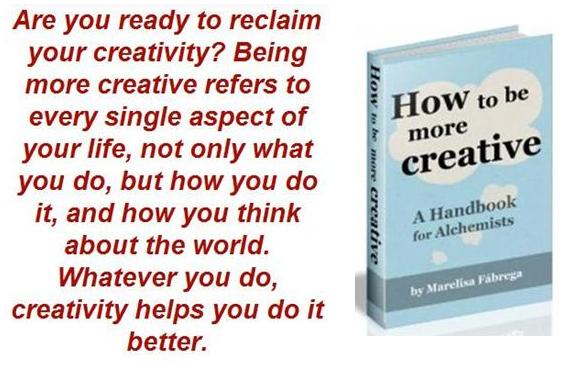



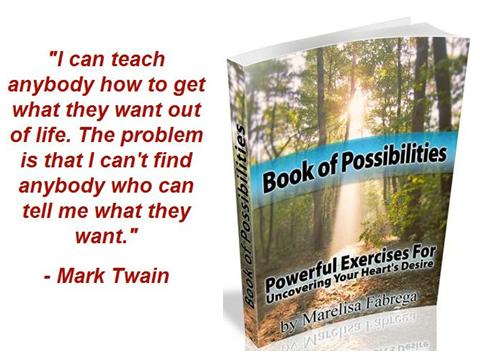







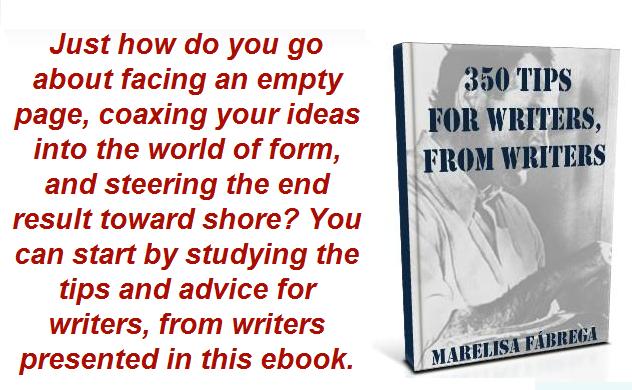

Related Posts:
Did you enjoy this article? Subscribe to “Daring to Live Fully” by RSS or by email, and get free updates.
 Modern life can be overwhelming. There’s so much to do, so many demands on our time and energy, so much information to take in, and so on. A lot of people today feel as if they’ve lost control of their lives.
Modern life can be overwhelming. There’s so much to do, so many demands on our time and energy, so much information to take in, and so on. A lot of people today feel as if they’ve lost control of their lives.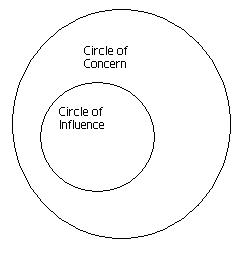
















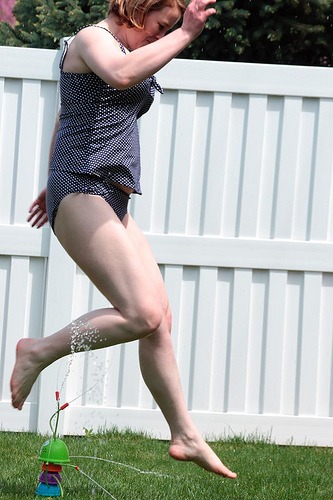













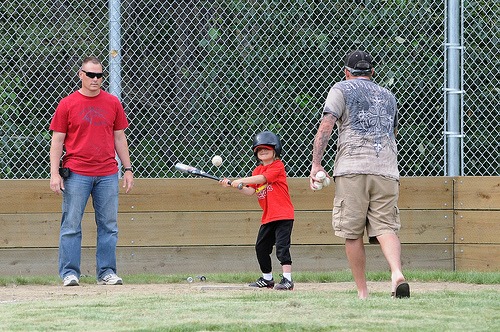
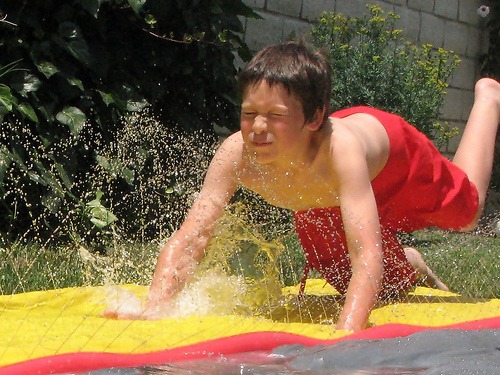
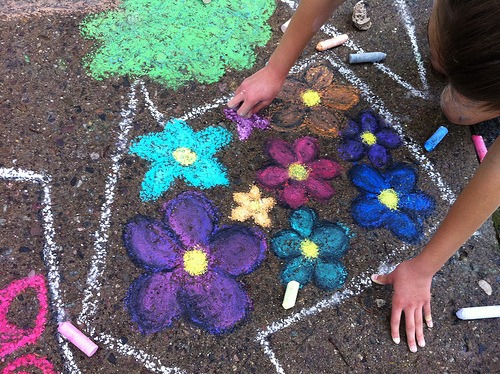



































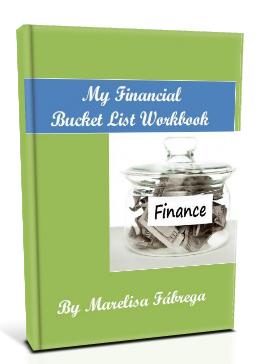


 Marelisa Fabrega is a lawyer and entrepreneur. She holds a Bachelor of Science in Business Administration from Georgetown University in Washington, D.C., as well as a Juris Doctor from the Georgetown University Law Center. You can learn more about her
Marelisa Fabrega is a lawyer and entrepreneur. She holds a Bachelor of Science in Business Administration from Georgetown University in Washington, D.C., as well as a Juris Doctor from the Georgetown University Law Center. You can learn more about her 





